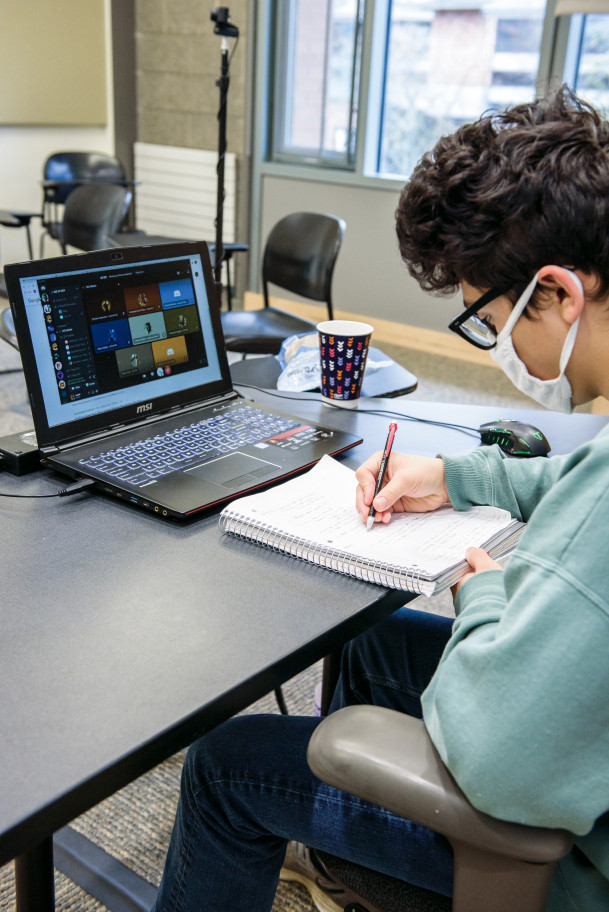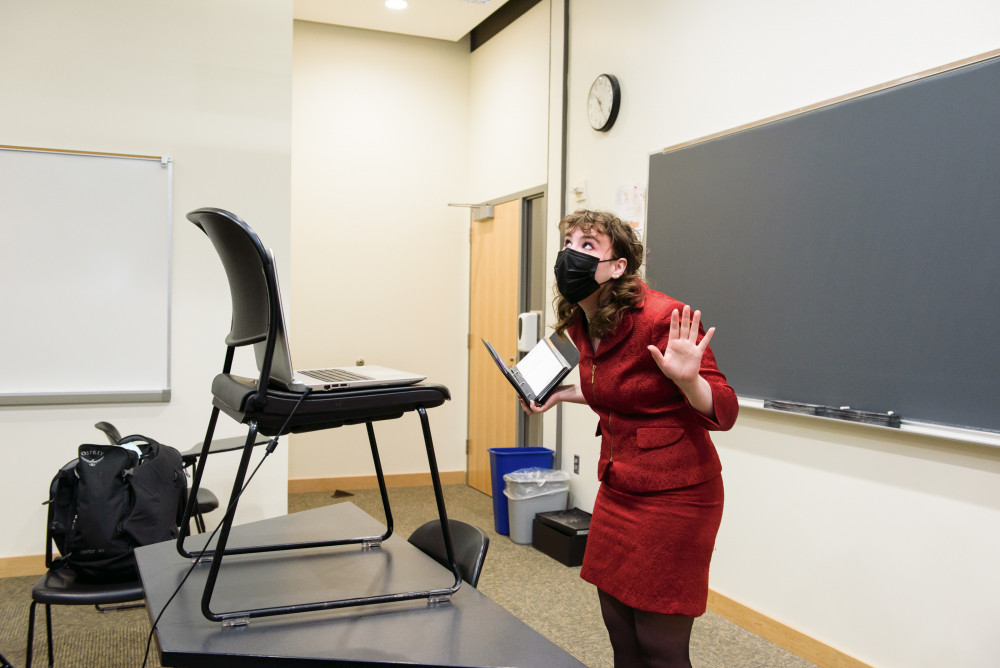Lewis & Clark’s Prescription for COVID-19
Open gallery
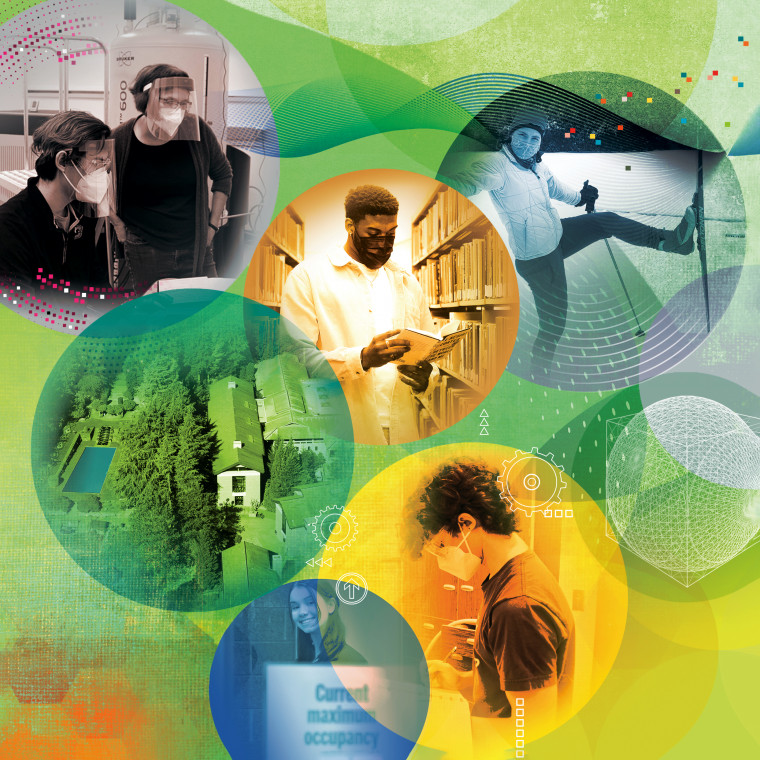
What Does Teaching Look Like in a Pandemic?
by Hanna Merzbach BA ’20
Illustration by Stephanie Dalton Cowan
More COVID-related stories
In the pandemic era at Lewis & Clark, students experience classroom learning in new and varied ways. Some students sit in classes fully masked and six feet apart while the rest of the class logs in via Zoom, a popular video conferencing platform. In some cases, classes meet outdoors in tents for workshops or organize near campus for fieldwork. Other courses are completely remote: professors fill their homes with whiteboards, and students connect online from their bedrooms.
A year into the pandemic, L&C looks much different than it did in the spring of 2020, when all classes were suddenly forced online amid rising COVID-19 cases nationwide. Like institutions across the nation, L&C faced a dilemma for fall semester: should the college strive to offer in-person courses to preserve the college experience or stick to the remote learning model?
Ultimately, Lewis & Clark decided it could do both: offer in-person and remote options in the fall, while keeping COVID case numbers low. L&C is a small school with a tight-knit community, so while larger institutions might struggle to contain the virus, it seemed possible to bring students back to Palatine Hill.
“What we do best is in-person teaching, and there is something important about trying to have an in-person experience for those students who can do it,” says Dean of the College Bruce Suttmeier.
During the fall and spring of the 2020–21 academic year, about one-third of classes have been held entirely online, and a small percentage of classes—like sculpture or weight training—are required to be held in person.
Over two-thirds of classes have been converted to a hybrid model, in which some students are taking the class in-person while others are strictly remote. “You have to teach your class in person as you normally would, with the additional constraints of distancing and masks, but then you also need to make your class available to whatever students are going to be online that day,” explains Molly Robinson, associate professor of French and director of the college’s Teaching Excellence Program (TEP).
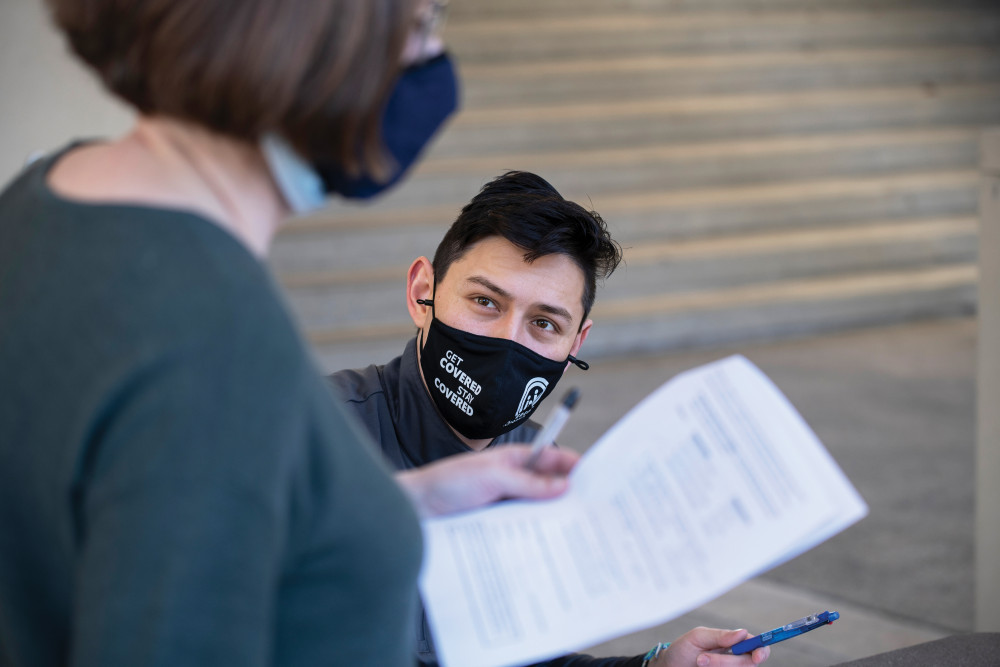
Faculty were encouraged to create in-person offerings, and those who had to teach remotely for medical or personal reasons were encouraged to find creative ways to build class community online. All students were given the choice to continue remote learning or come to campus in the fall, and the majority chose the latter. The Division of Student Life readied the dorms and made COVID testing widespread and accessible, while faculty-led groups convened to work out the kinks of in-person learning throughout late spring and summer.
One of these faculty groups, Fall Academic and Learning Logistics (FALL), did all the “boring logistical stuff,” according to Associate Professor of Mathematics Paul Allen, who led the group. The team helped keep the college’s on-campus COVID-19 cases in the single digits in the fall by implementing state guidelines on how many students could be in each classroom (typically less than 50 percent of normal capacity) and fine-tuning class schedules to avoid congestion in hallways and other common areas, among other things. FALL also decided ahead of time that classes would be online at the beginning of the fall semester and after Thanksgiving to reduce transmission. (The only other time all classes had to go online was when air quality deteriorated with the Pacific Northwest’s wildfires in September.)
Meanwhile, another faculty group, Adaptive Teaching for the Liberal Arts (ATLA), focused on how to actually adapt classes to the hybrid format. How do you teach a hands-on lab, a discussion-based class, or a performance-centered course? ATLA strove to provide faculty with online resources, offering workshops that gave general guidelines for adaptive teaching as well as workshops that were more targeted to specific disciplines.
Robinson, who led both ATLA and TEP (the Teaching Excellence Program), continued TEP Zoom hours throughout the semester for faculty to share experiences. But in the end, each professor had complete autonomy, and every course looked a little different.
“We realized early on that our best asset was the creativity of our professors,” says Robinson. “Some of us had to adapt moderately, and some had to adapt in huge ways.”
Permission to Explore
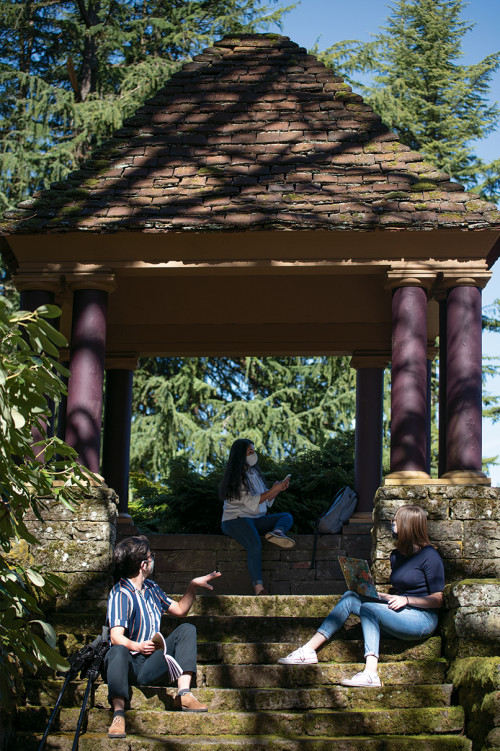
“The pandemic has given us permission to try things that we may have been more reluctant to do in the before times,” explains Anne Bentley, associate professor and chair of chemistry.
Bentley, for instance, worked with another chemistry professor, Louis Kuo, to team teach one of L&C’s largest classes: general chemistry. As with many classes, students were divided into “cohorts,” which would alternate physically coming to class and meeting on Zoom.
Bentley and Kuo also took advantage of the Olin mezzanine, a covered outdoor space, to hold weekly workshops with students and “flip the classroom”—a teaching model that has been gaining steam in higher education with the pandemic. It relies on giving students exposure to new material outside of class, through reading or videos, and dedicating class time to problem solving and discussion.
Bentley had considered this method for years, but the pandemic finally forced her to give it a try. She sent out prerecorded microlectures before class and used class time for workshopping.
“That in-class time is so precious that I really wanted to make sure that whatever was happening in class was the most important part,” says Bentley.
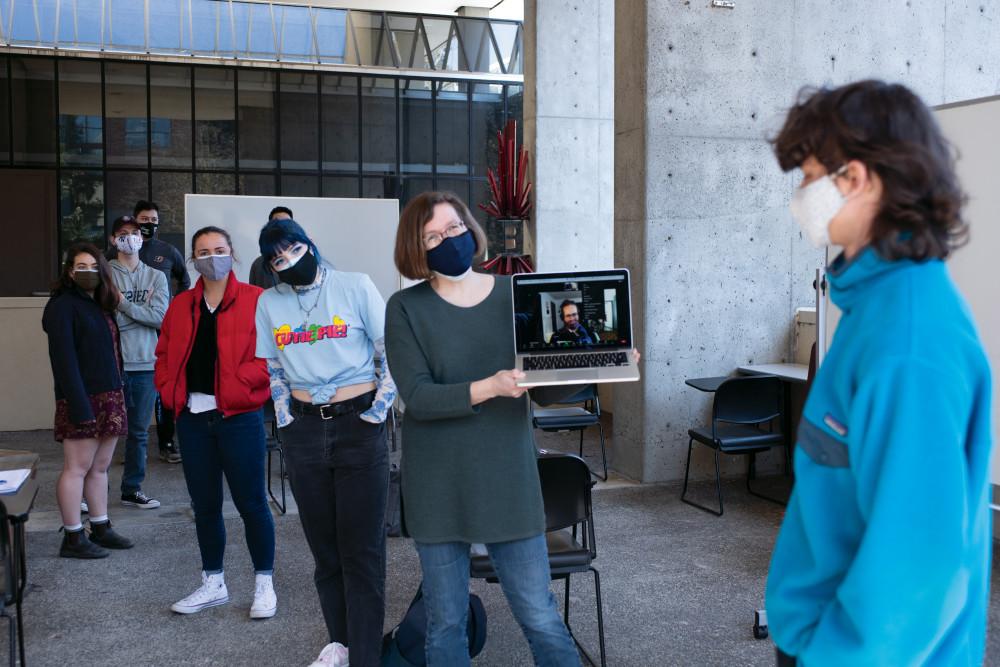
While this method is typically used in math and sciences, Paul Powers, associate professor of religious studies, figured out how to use it himself by sending students detailed notes before class, so they could dive deeper into discussion during class.
“I think that is sort of what I was stumbling toward for a few years, but it didn’t really quite come into focus until now,” says Powers.
Powers also doubled down on transparency in his teaching with a goal of putting all students on an even playing field and addressing inequities in the classroom, like differences in technological abilities, learning environments, or amount of college experience. He cut down on extraneous assignments and was even more explicit about expectations for his courses.
“It became more important than ever to strive for clarity in terms of what I was doing in class,” says Powers.
Many professors who were teaching hybrid classes also had at least a day a week where everyone came to class on Zoom, to ensure all students were having the same learning experience. And they always worked to make their courses as accessible as possible for remote students.
“I didn’t want to demand that students come into the classroom if it was not a space that felt safe,” says Elizabeth Bennett, Joseph M. Ha Associate Professor of International Affairs.
Technology: A Love-Hate Relationship
Many faculty members were surprised by the ample opportunities teaching with technology opened up, such as taking down geographic barriers. While many international students were not on campus, Satomi Hayashi Newsom, a Japanese instructor who taught remotely for family health concerns, hosted Zoom events with L&C students and students living in Japan. One language teaching assistant even taught classes from their home in Russia.
Professor of Psychology Jerusha Detweiler-Bedell says she was able to virtually bring in a panel of alums from across the country to her health psychology class, an offering that contributes to L&C’s new health studies minor. Detweiler-Bedell revamped this course to focus more on COVID-19, and all of her students participated in a contact tracing certification program.
The alumni panelists, who worked everywhere from the Centers for Disease Control and Prevention (CDC) to the Veterans Affairs Portland Health Care System, gave students ideas on how they could use their Lewis & Clark education to pursue a wide range of careers in public health. Detweiler-Bedell, along with several economics professors and others, also began recording weekly videos to explain the more complex parts of lectures or the content they didn’t get to.
“I think this is a great idea, and I hope it continues in the future post-pandemic,” says Nicholas Nerli BA ’21, an economics major.
Though technology allows for new opportunities, it’s not without its quirks. Most professors teaching hybrid classes had to record themselves with a webcam as they taught, so the Zoom students could see them. Many also placed an iPad or laptop in the room to show the Zoom students the in-person students.
To ease the transition to online and hybrid learning, faculty had the option to partake in the Teaching Excellence Program (TEP)’s Student Co-Host Program, which the college pioneered to pair student workers with professors to assist with technology.
“We created this program with the idea that we could take the burden of technology as best we could off of that faculty member to allow them to stay focused on their teaching,” explains Blair Orfall, TEP program coordinator.
In the fall, nearly 30 faculty members welcomed student technology assistants into their hybrid or online classes. One faculty member, Associate Professor of Geological Science Liz Safran, says the program helped tremendously in addressing technological issues and giving her one less thing to think about when teaching.
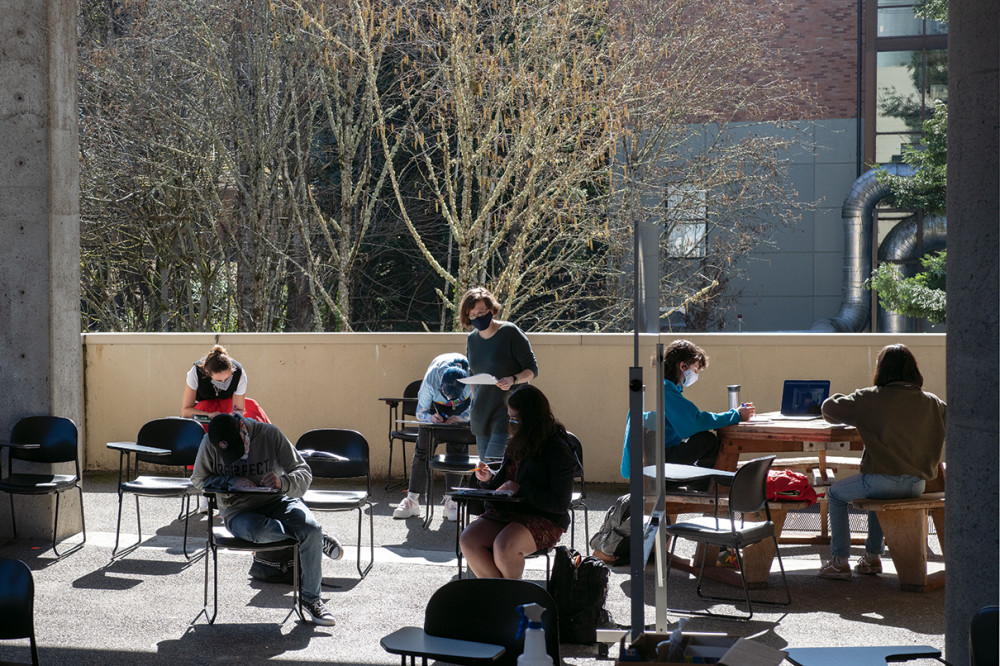
“One thing I really noticed about hybrid teaching was the cognitive load of trying to remember to do a zillion little things each class period and trying to attend to two different groups of people,” Safran says.
While the program helped address this problem, one student co-host, Maya Kumin BA ’21, admitted that it’s difficult to simplify hybrid teaching. “It’s just complicated,” she says. Audio issues were widespread, as Zoom students often had trouble hearing what was happening in the classroom.
The Department of Information Technology coined this the “fourth row problem,” because that is where many in-person students become hard to hear, and deployed high-end microphones in certain classrooms to boost sound quality. The department also added 10 new Wi-Fi access points to address connectivity issues on campus.
Many professors admitted that the pandemic has forced them to learn new forms of technology and encouraged them to make the complete shift to online grading and classroom management systems. Others are relieved to leave online learning behind and get back to in-person teaching. Bennett admitted she’s always felt guilty for not engaging more with technology, but this year has reaffirmed her traditional way of teaching.
“I found it hard to justify the five percent of class time that I lost to my or my students’ technological issues,” says Bennett. “What’s really important to me in my teaching is creating an environment where people are excited about learning.”
Despite this, Bennett—along with other professors—noticed that some students seemed more comfortable speaking in front of the class when they were logging in from their homes. In fact, she was surprised by how well the semester went.
“I was concerned that I would be cheating students out of a quality education, because the hybrid model would be the worst of both worlds, but I’m happy to say I was wrong,” says Bennett.
Striving for Human Connection
L&C faculty pride themselves on relationship-based teaching, and the hybrid model allows them to continue this, although it has been difficult at times. There are no longer many places for students to gather, work together, or build community, which has affected first-year students in particular.
“I couldn’t pull (first-years) in in all the ways you normally pull students in,” explains Rachel Cole, associate professor of English.
One of her first-year students, Elena Sta. Maria BA ’24, said it was difficult to make friends while observing health protocols, though having some in-person classes helped tremendously and is the reason why she decided to stick with her decision to come to L&C last fall.
“The big thing was that L&C was having in-person classes and it was allowing kids to stay on campus, which I know a lot of colleges just weren’t doing at all,” says Sta. Maria.
Kumin, a senior, explains that she and her housemates see coming to campus as essential.
“It’s funny because I’m someone who is super cautious about COVID,” says Kumin. “But to me, going to campus has felt necessary.”
L&C may look very different, but the community’s core values remain the same. While many professors say hybrid teaching is two or three times harder than teaching a solely in-person or online class, they admit it has been worth it to maintain the community and intimate education the college is known for.
As Robinson, one leader in the college’s effort, puts it, “The kinds of social and personal connections that we pride ourselves on and we thrive on at Lewis & Clark are continuing to happen.”
Hanna Merzbach BA ’20 is a freelance journalist based in Bend, Oregon. She is a former editor of the Pioneer Log.
Fall 2021: A Return to Normal
Beginning in fall 2021, we expect to deliver a Lewis & Clark undergraduate education as we did pre-COVID, with all courses taking place in person on campus.
This plan assumes that vaccines will be available and accessible to all Lewis & Clark community members in the coming months, and that the rate of infection, already low in greater Portland, continues to drop. In all scenarios, safety is our top priority, and we will continue to be guided by state health agencies.
College Outdoors: Exploring in Our Own Backyard
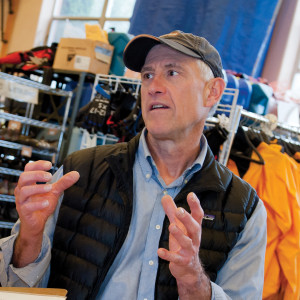
During fall semester, the office got creative to offer trips right in Lewis & Clark’s backyard. The college partnered with Tryon Creek State Park (through a special use permit) to offer regular backpacking trips, camping in a location off the normal trail system. Even though the hikes were short, students were happy just to get off campus.
Many student groups, like the Queer Student Union (QSU), the Black Student Union (BSU), and the Asian Student Union (ASU), took advantage of the opportunity to host group-specific trips. The ASU, for example, cooked Asian recipes on backpacking stoves outside the College Outdoors warehouse.
“You couldn’t have a group of 10 people in a kitchen, but you could have them outside individually on different stoves,” says Joe Yuska, director of College Outdoors.
College Outdoors also hosted “Leave No Trace” certification backpacking trips, along with workshops that centered on cooking with dutch ovens or basket weaving with invasive species. Students explored nature on campus with ethnobotany and edible plants trips, mushroom clinics, and photography and nature meditation sessions.
Yuska said that these shorter trips on and near campus made College Outdoors more accessible. Rather than having to dedicate an entire day or weekend to a trip, students could take an hour-long study break and make tea out of Douglas fir needles (and other native plants) on campus.
Yuska said the office will try to keep this kind of programming even when students can gather in close spaces and go on weekend trips, but these excursions are not a substitute for backpacking trips on Mount St. Helens or paddleboarding adventures on the Columbia River Gorge. Since the annual New Student Trips were held virtually in the fall, College Outdoors hopes to host multiday May trips after finals so first-year students can get a taste of the Pacific Northwest’s many wonders.
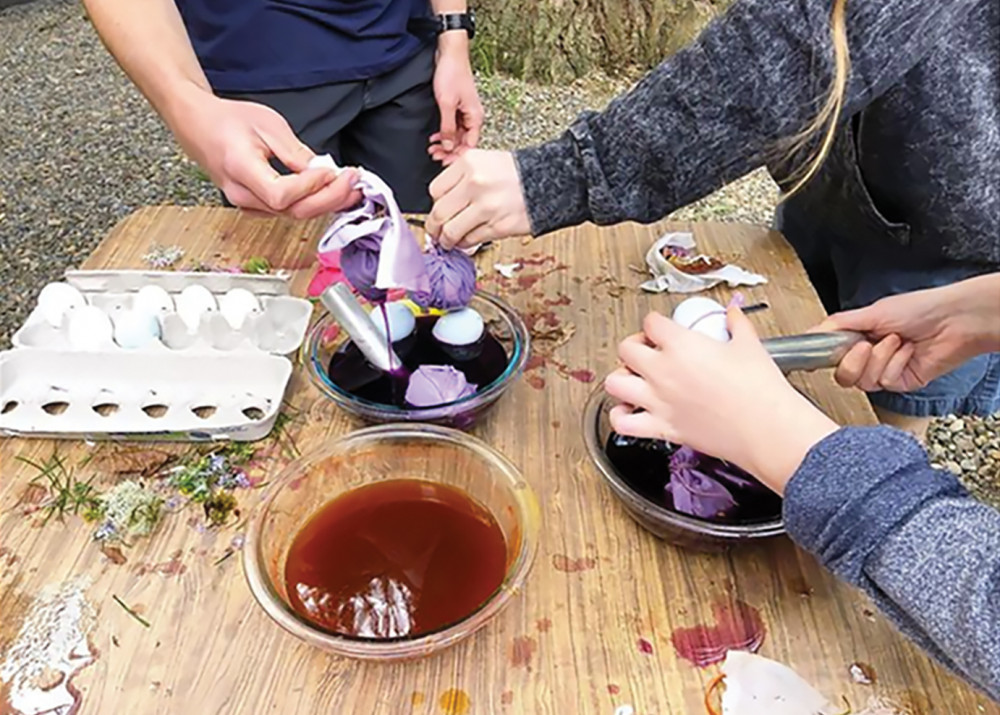
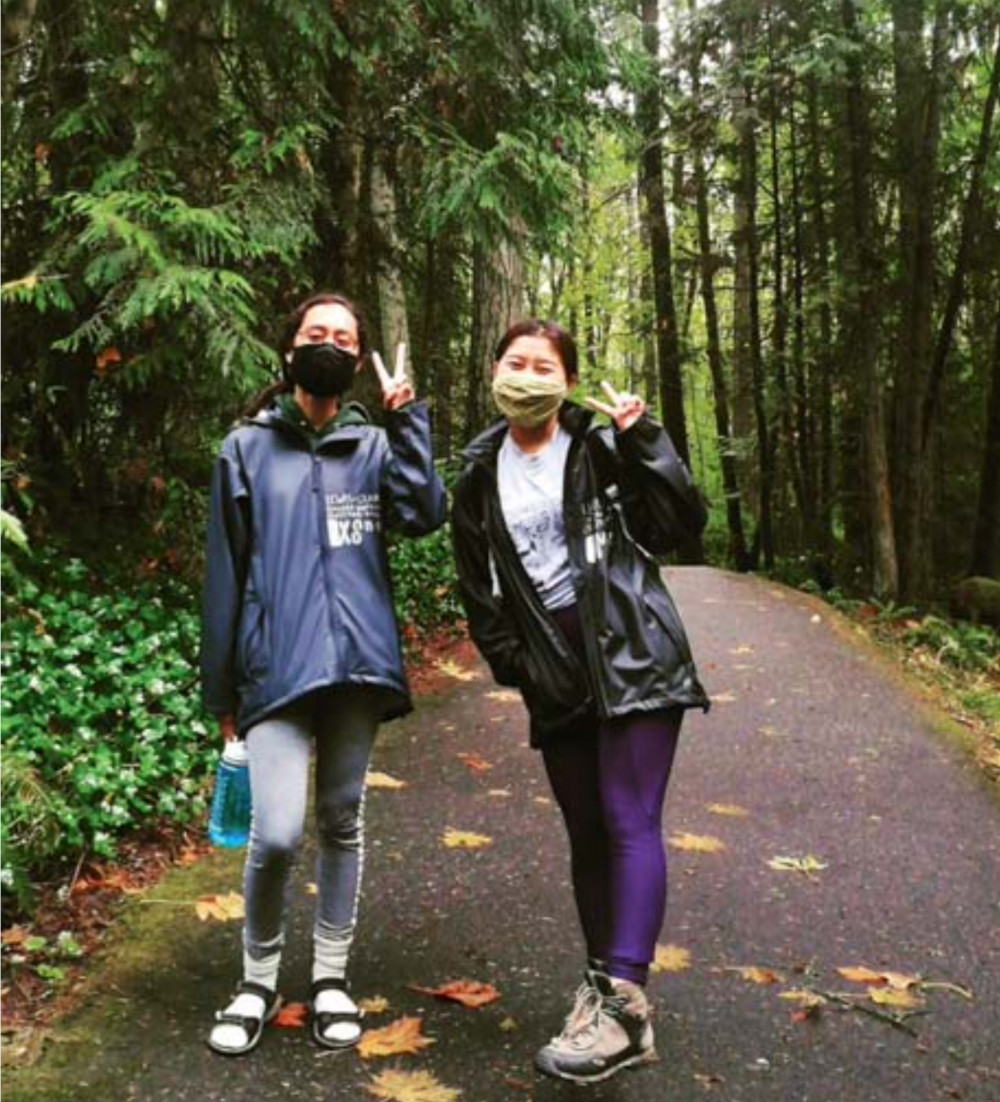
Alumni and Parent Programs: Wide Variety, Broad Appeal
Much like the rest of the world, in March 2020, Alumni and Parent Programs completely pivoted to offer all online programming. By December, they had hosted more than 200 virtual events with about 2,000 attendees hailing from across the globe.
Notable events included class happy hours; virtual lectures with current and former professors; wine tastings with alumni who own vineyards; and a cartoon happy hour with Politico cartoonist Matt Wuerker BA ’79. Rather than lasting just a weekend, the college’s annual Homecoming event was spread out over the month of October and was jam-packed with virtual events.
Alumni and parents were also given access to online campus events, such as the Festival of Scholars and Artists and the Ray Warren Symposium on Race and Ethnic Studies, which they might not have been able to attend otherwise.
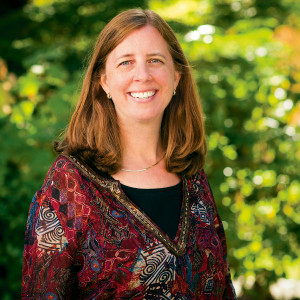
According to Decker, a silver lining of the pandemic, and a benefit of virtual programming, has been the ability to reach a wider variety and number of alumni and parents. In some cases, alums who have not interacted with the college since graduation have attended events for the very first time.
“Virtual events have let people who live throughout the world be involved,” says Decker. “They’ve not only made us happy at a time when we needed some happiness, but they’ve given our alumni and parents a chance to really connect and engage with each other.”
Even after the pandemic, Decker says Alumni and Parent Programs will continue to offer virtual programming to reach L&C alumni and parents around the world.
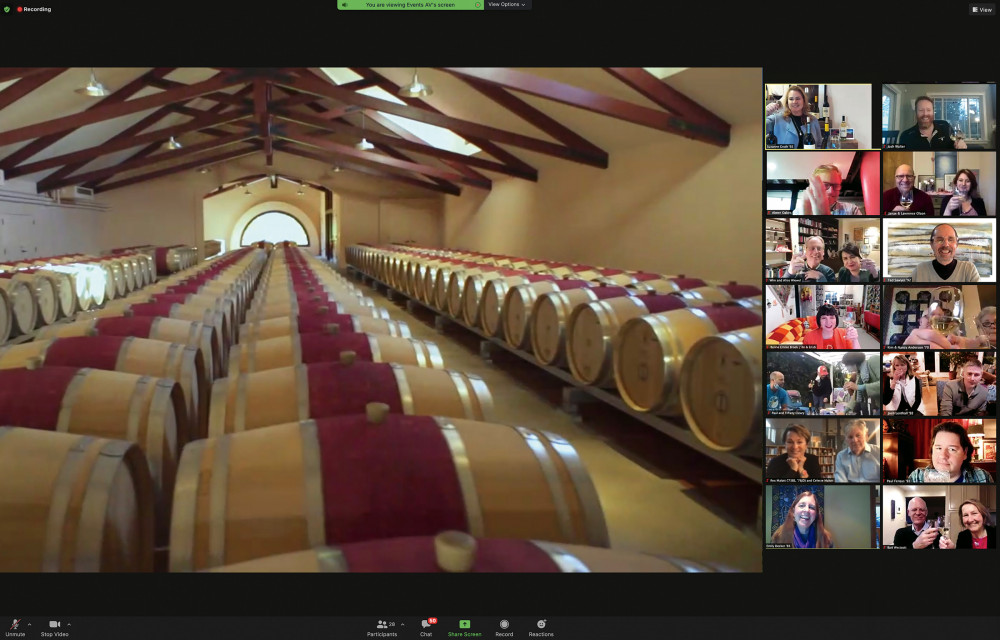
Speech and Debate: Performing From Campus
Speech and debate is one activity that typically relies on in-person interaction, audience feedback, and community gatherings. Now, like much of our lives, it all happens over a screen.
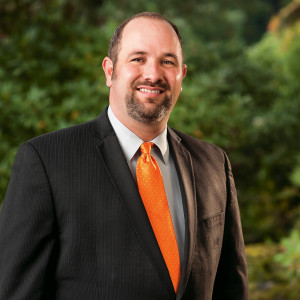
Despite the challenges posed by COVID, L&C has the largest speech and debate team it has had in decades, and students are competing in virtual tournaments across the country. For example, during one weekend in September, students were competing in different events in California, Montana, and Kentucky—all from the comfort of J.R. Howard Hall.
“I didn’t have to choose which event I was going to travel to that weekend,” Gantt says. “I could be there for all the competitors in all the different formats.”
Rather than traveling to different places for tournaments, the team was able to spend more time together, in a time when we are often feeling so far apart.
Gantt says this gave his students an extra boost of community during the pandemic, which may have been especially important for first-year students on the team.
“The ability to connect with a group right away may have made a difference in them deciding to go ahead and start their college experiences at Lewis & Clark,” says Gantt. “They immediately had a group that would be a social connection for them.”
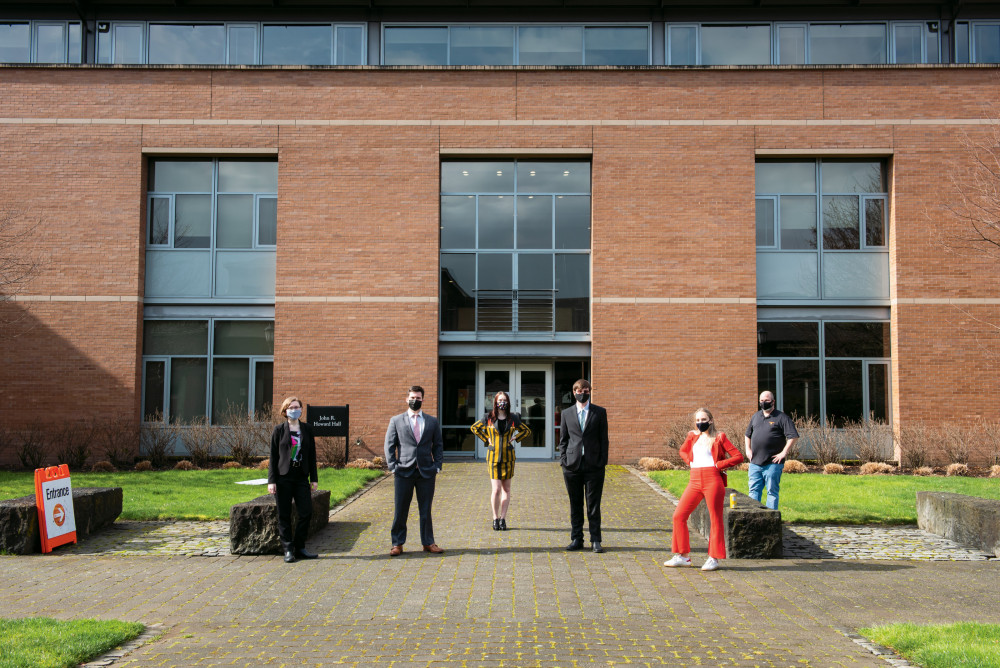
Holding a Symposium: Global Participation
In a time when movement is restricted, borders are closed, and many rarely leave their homes, the 17th Annual Ray Warren Symposium on Race and Ethnic Studies took the bold step of centering the event around the concept of movement, and the experiences of BIPOC (Black, Indigenous, and people of color) specifically.
The three-day virtual symposium incorporated panels and talks on migration and displacement, tourism and travel, and protest movements. Participants addressed “How, where, when, and why do we move—or remain in place?”
Speakers hailed from across the globe. In the case of one event, centered on mutual aid in the COVID-19 crisis, panelists Zoomed in from New York, British Columbia, Brazil, and Turkey.
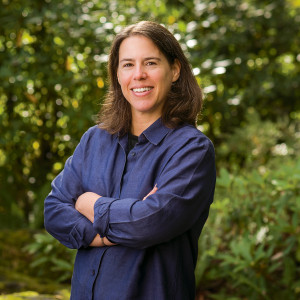
With the virtual format, symposium events were accessible to local community members as well as alumni and parents located anywhere. Recordings of many of the events are available online, along with the virtual art gallery, which visually displays the symposium’s themes of mobilization, freedom, anchoring, and connection for BIPOC.
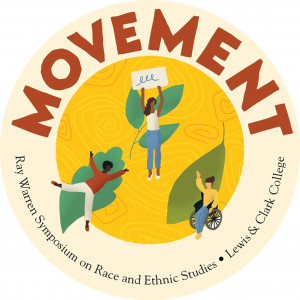
The keynotes, JJJJJerome Ellis and Jason De León, brought in hundreds of Zoom attendees, and the annual Race Monologues—in which L&C students share personal narratives about race,ethnicity, and identity—were a hit, as usual. Typically hosted in the Agnes Flanagan Chapel, the Race Monologues were intimate in a different way, explains cochair Samantha Hernandez BA ’21.
“I got the sense that people were very comfortable because they were presenting their monologues in their own rooms. They felt safe because they were in their own personal space,” says Hernandez, who helped organize the symposium’s self-care and art therapy workshops.
In addition, the Environmental Studies Program hosted two virtual iterations of the ENVX Symposium in fall and spring.
The International Affairs Symposium, the Gender Studies Symposium, and the Middle East and North Africa Symposium were all held virtually in the spring
Running a Science Lab: Improvisation
Lab courses are by far among the most difficult to convert to an online format, let alone to the hybrid model. But one L&C professor had a bit of an advantage: many of her labs already took place outside.
Liz Safran, associate professor of geological science, takes advantage of the nearby geological wonder Tryon Creek State Park for her labs. The only difference in pandemic times was that students had to walk, bike, or drive there separately.
But at the beginning of fall semester, the class hit a road bump when the state experienced an unexpected geological disaster: wildfires.
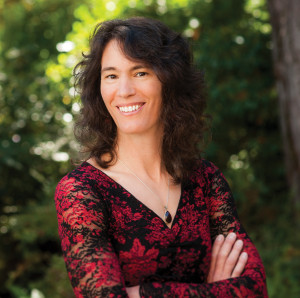
The students were eventually able to get into the park to conduct their labs later in the semester, though they were unable to experience the annual Columbia River Gorge and Mount St. Helens field trips because they would have had to travel in close quarters.
“Those trips are kind of irreplaceable,” admits Safran. “I feel bad that they didn’t get to experience those.”
Safran also typically incorporates rock and mineral samples into her class. Students could no longer pass these materials around the room, so Safran dedicated an entire lab period to rock identification in an outside classroom, where each student had their own samples.
She asked the students who were taking the class remotely to find a rock wherever they were living and post pictures of it for the rest of the class to identify. All students were also able to access mapping software for labs on their own computers.
Safran was glad to have had the opportunity to continue in-person labs and fieldwork and even shake up her classes.
“It was a bit liberating to realize that things were just not going to be the same no matter what,” she explains. “I think having not just the excuse but the mandate to experiment was, in a lot of ways, healthy.”
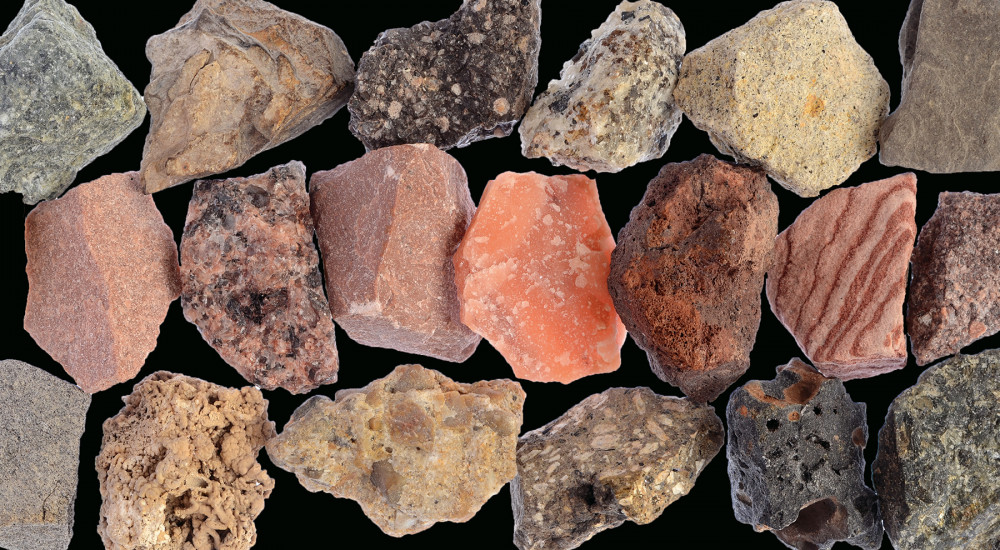
Musical Theatre: An Audacious Production
The Lewis & Clark Theatre and Music Departments conquered the seemingly impossible this past fall when they presented the famed musical Cabaret (1998). The entertainers were tasked with simultaneously performing for a small in-person audience and for a large remote audience via livestream.
Taking place in Berlin, Germany, in the early 1930s, Cabaret describes a city steeped in turmoil. Politically, the city faces division and rising hatred of residents toward one another. But socially, the masses still enjoy parties and pursuits of pleasure.
The decision to produce Cabaret was made over a year ago. The production was meant to comment on the state of politics and society surrounding the 2020 election, explains Professor of Theatre Štěpán Šimek, who directed the production.
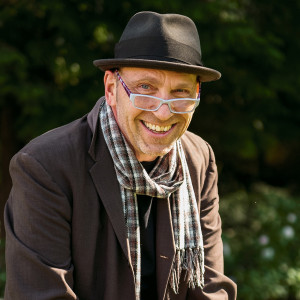
Student dedication to observing health protocols and innovative technological additions made the hybrid format possible. There were 16 cameras in total, spread out among two separate stages and within each actor’s specially designed plexiglass box. Actors engaged with their fellow cast members through the plexiglass barriers as well as via cameras that transposed their interaction onto a large screen.
“This show was like nothing I’ve ever done before,” says Amanda Masini BA ’22, who served as the show’s assistant director. “Not only were we performing in two different spaces simultaneously, but we were also performing to two different audiences simultaneously.”
Rehearsals were conducted virtually and in person. Every decision prioritized cast member safety but still kept with presenting the deeper themes of the musical in a compelling way.
“It was challenging to create an interesting and dynamic-looking show with eight dancers observing social distancing guidelines,” says choreographer Emma Bryan BA ’22, who was forced to reimage how the ensemble could interact without physical proximity.
Amber Adamski BA ’22, who served as assistant costume designer for the production, found the hybrid performance equally fulfilling and frustrating.
“The difficult aspect for me specifically was designing and making the very things that would keep the performers safe—the masks,” says Adamski. “But the best part, in all honesty, was just getting to see and work with my peers in person again. I think it’s really impressive that we pulled it off.”
Šimek admitted that, when the pandemic hit, he had considered changing the show into something easier to produce while remaining in accordance with health regulations. But as he puts it, “Producing a full-fledged musical at this time of the plague was an audacious undertaking, but it was exactly that audacity, if not the sheer impossibility of pulling it off, that drew us all towards it.”
—by Yancee Gordon BA ’21 and Hanna Merzbach BA ’20
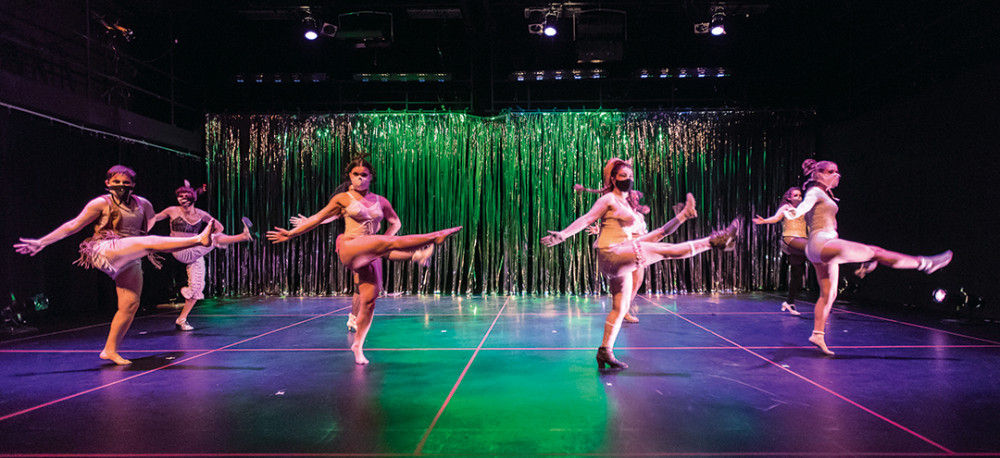
Online Choir: Finding Harmony
Most L&C classes that rely on in-person interaction—like ceramics or tennis—are being offered as hybrid or in-person classes. But one program, choir, faces a unique challenge: studies show that people release more aerosols when singing, making it easier for the virus to spread.
With this in mind, Kathy FitzGibbon, professor of music and director of choral activities, made the decision to do all singing over Zoom. But due to delays between different computers, singing together remotely was nearly impossible.
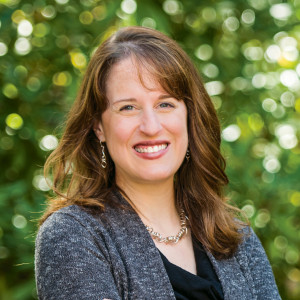
FitzGibbon now sings and plays piano while each student sings along while muted on Zoom, essentially singing a duet with her. Frequently, students submit individual recordings to be combined so that the choir can hear what they sound like together.
“The first time that I played the group recording for everybody, people cried happy tears,” says FitzGibbon. “You’ve been working by yourself in a vacuum, and then all of a sudden you hear the whole, and you realize everybody’s been doing that, and we are still a choir.”
During the summer, FitzGibbon tested out the remote singing method by starting a free choir program for all the L&C community, alums, and others. Through the magic of Zoom, people who might not otherwise have been able to participate joined in from Honolulu, Japan, India, and New Zealand.
“It has felt really empowering to realize there are still ways to keep both the creative expression and the community aspects thriving, even during a pandemic,” says FitzGibbon.
For the students’ final winter performance, the choir got creative and displayed visuals while the group recordings played. One song paid tribute to the Black Lives Matter movement, featuring a local opera singer, Onry, and interspersing video footage from last summer’s protests.
“It feels like we are able to do something relevant that can have a wider impact— maybe even more than our concerts typically allow. We aren’t limited by geography or venue size,” says FitzGibbon.
In addition to the winter choral concert, the electronic music concert, chamber music salon, and James W. Rogers Concert were held virtually during the fall semester, with students performing either in-person in small groups or remotely.
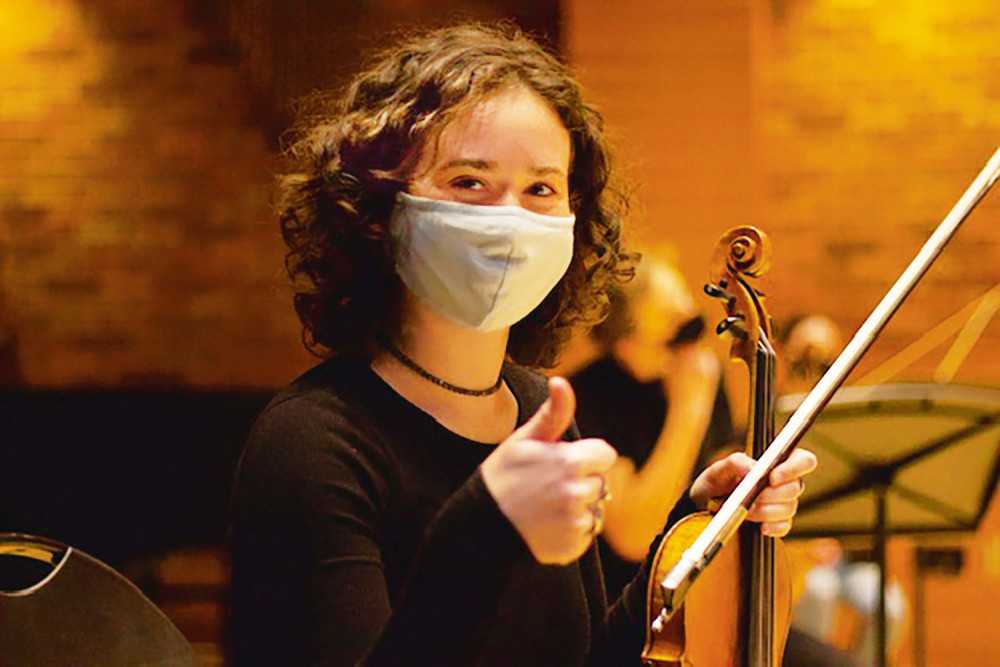
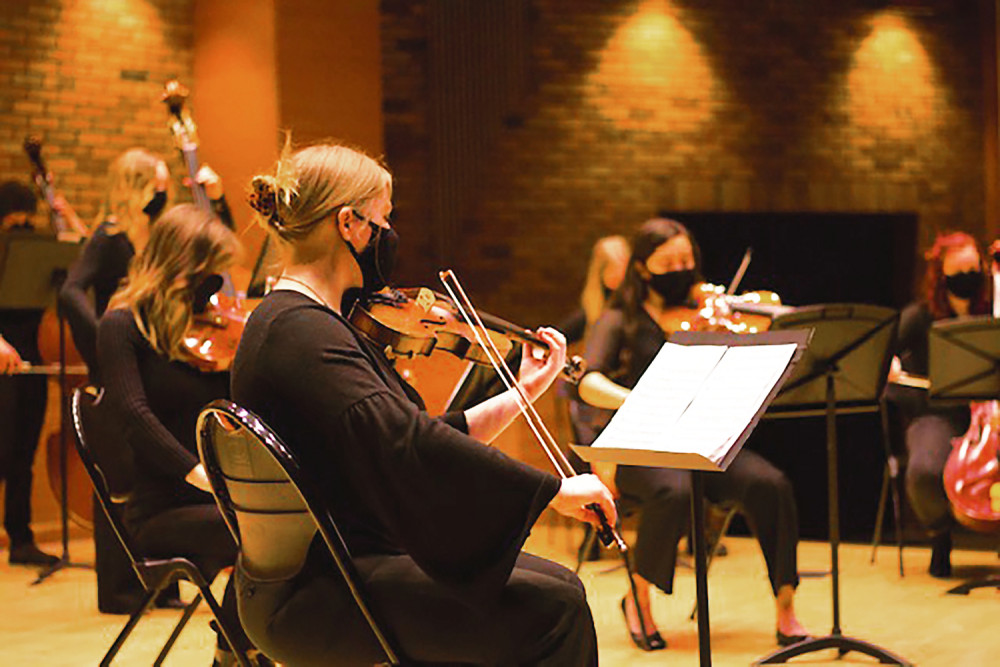
More L&C Magazine Stories
Lewis & Clark Magazine is located in McAfee on the Undergraduate Campus.
MSC: 19
email magazine@lclark.edu
voice 503-768-7970
fax 503-768-7969
The L&C Magazine staff welcomes letters and emails from readers about topics covered in the magazine. Correspondence must include your name and location and may be edited.
Lewis & Clark Magazine
Lewis & Clark
615 S. Palatine Hill Road MSC 19
Portland OR 97219
